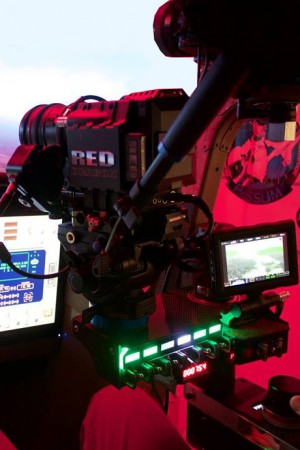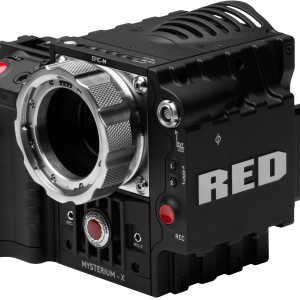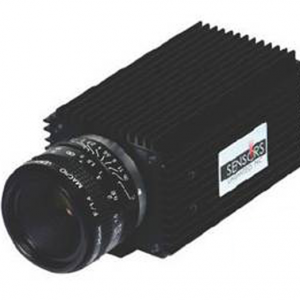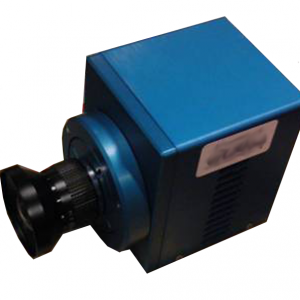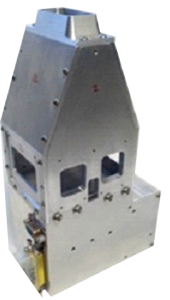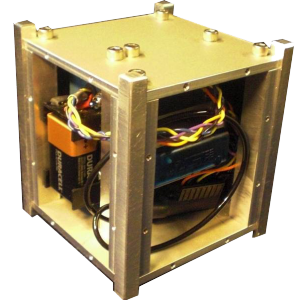PoSSUMCam can support a variety of visible and infrared cameras, including those listed below, and serves as a simplified interface so that the PoSSUM Scientist-Astronaut can control all critical aspects of science data acquisition during a suborbital flight.
Instrumentation for baseline PoSSUM sorties include the operator-tended PoSSUMCam imager system, the Mesospheric Aerosol Sampling Spectrometer (MASS), and the Mesosphere Clear Air Turbulence (MCAT) system. The PoSSUMLidar system and PoSSUM Atmospheric Sampler are currently in development and will be employed on flights specifically tasked to their use. PoSSUM Instrumentation is designed to operate on the following vehicles:
.
- Virgin Galactic Spaceship Two
- Blue Origin New Shepard
- XCOR Lynx Mark II




